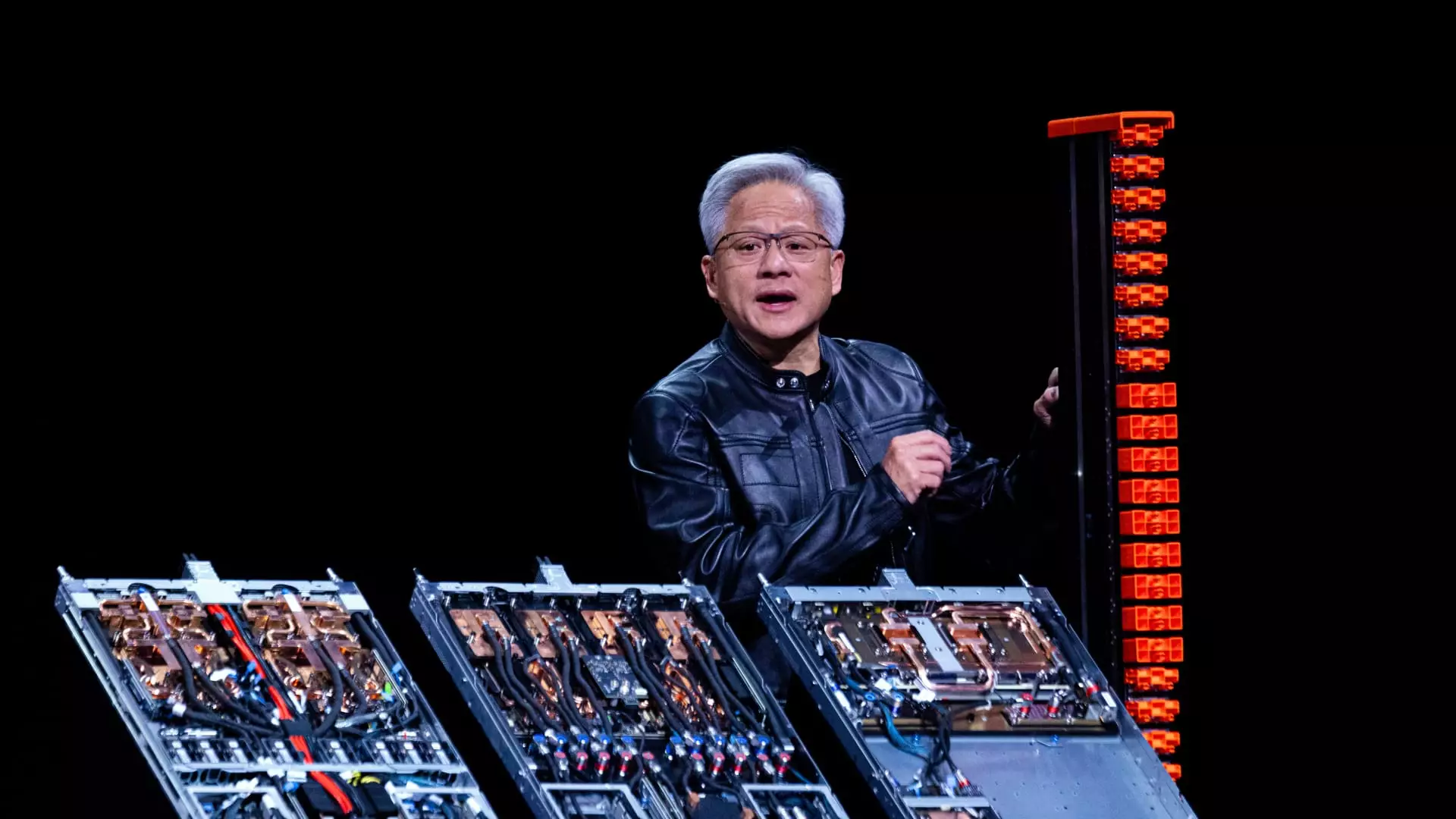Nvidia, under the visionary leadership of Jensen Huang, has always positioned itself at the forefront of technological innovation. Recent announcements at Computex 2025 in Taiwan unveil a remarkable leap in artificial intelligence (AI) infrastructure, signaling a bold strategic shift not only for Nvidia but for the entire tech industry. The introduction of the NVLink Fusion program epitomizes a progressive move towards inclusivity within the AI ecosystem, inviting collaboration with non-Nvidia processors. This shift aligns with a growing realization that restricting technology to proprietary systems can stifle broader innovation and development.
NVLink Fusion effectively dismantles the walls that previously confined Nvidia’s technology to its own hardware. For years, GPU technology was seen as a proprietary domain, but this newfound openness is a powerful olive branch to the industry. With the inclusion of non-Nvidia CPUs and ASICs, it creates an AI ecosystem that is not just dependent on Nvidia’s prowess, but instead thrives on a diversity of technology that harnesses the strengths of multiple players. In an era where the singular dominance of one player can lead to stagnation, Nvidia’s decision to open up NVLink Fusion is a refreshing embrace of collaborative potential.
Implications for AI Development
One cannot understate the implications of this shift for AI development itself. Jensen Huang’s assertion that NVLink Fusion facilitates “semi-custom AI infrastructure, not just semi-custom chips” suggests a significant reframing of how companies will approach the development of AI applications. Major industry players like Fujitsu, Qualcomm, and a host of AI chipmaking partners—MediaTek, Marvell, and others—are now entangled in the NVLink ecosystem, indicating a potential shift in the competitive landscape. Instead of directly competing against traditional ASIC-centric designs, Nvidia is positioning itself as a linchpin in an interconnected network of AI capabilities.
Yet there are whispers of concern amongst analysts. While NVLink Fusion could extend Nvidia’s market reach, it risks drawing away some of the demand for Nvidia’s own CPUs as customers gain the flexibility to integrate third-party options. This dual-edge sword is characteristic of today’s tech battles, where companies must balance the allure of collaboration with the inherent risks of market dilution. However, industry watchers like Ray Wang argue persuasively that this strategy could indeed reinforce Nvidia’s relevancy, as the company continues to consolidate its central role in AI factories—even when its competitors’ chips are in the mix.
The Broader Impact on Competition
Nvidia’s newfound inclusivity stands in stark contrast to the traditional models employed by competitors such as Broadcom, AMD, and Intel, who remain conspicuously absent from the NVLink Fusion ecosystem. This divergence opens a fascinating dialogue on the future of competition in the AI space. As Nvidia invites other technologies to integrate with its architecture, it pulls ahead of competitors still clinging to the old paradigms of exclusion and proprietary systems.
Moreover, the strategic pivot exhibited by Nvidia could compel competitors to reevaluate their approaches. If Nvidia can successfully create a robust ecosystem around NVLink Fusion, it may force other companies to consider similar collaborative strategies lest they find themselves at an increasing disadvantage in the bustling AI landscape. This evolution is not just about hardware or GPU supremacy; it suggests an emerging ethos in the tech space that prioritizes interoperability and shared growth over isolationism.
The Cloud Revolution
Nvidia’s recent announcements do not stop at NVLink Fusion. The launch of the NVIDIA DGX Cloud Lepton highlights an urgent need in today’s market for reliable and high-performance GPU resources. As AI workloads grow more complex, the demand for accessible cloud solutions becomes paramount. The DGX Cloud Lepton platform positions Nvidia as a key player in resolving the logistical bottlenecks that developers face in accessing the necessary technology for AI development.
By creating a global marketplace for GPU resources, NVIDIA isn’t merely solving a problem; it’s creating an ecosystem that enhances collaboration across the board. Given that cloud platforms are the backbone of modern AI development, any move that makes access simpler is a game-changer. Moreover, the extensive network of partnerships with cloud providers makes Nvidia an undeniable force—you don’t just buy their chips anymore; you tap into a whole world of AI capabilities.
With these strategic maneuvers, Nvidia seems poised not only to maintain its dominance but to expand its influence in ways that could redefine the competitive landscape of AI for the foreseeable future.

Leave a Reply